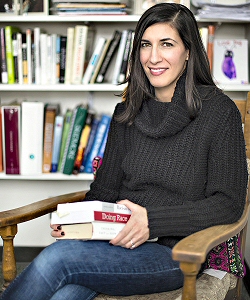I’m a bit brown. But in America I’m white. Not for much longerPosted in Articles, Census/Demographics, Media Archive, Politics/Public Policy, United States on 2017-03-22 13:05Z by Steven |
I’m a bit brown. But in America I’m white. Not for much longer
The Guardian
2017-03-21
 Colour coded … a large number of US citizens will have to check a new box on the census form if plans to redefine whiteness come to fruition. Photograph: Alamy Stock Photo |
The US Census Bureau plans to redefine ‘white’ to exclude people with Middle Eastern and North African origins. It’s a reminder that the identity has always been fluid
We live in a weird time for whiteness. But, before I get into that, a small disclaimer. You may look at my name and worry that I am unqualified to speak about whiteness; I would like to set these doubts to rest and assure you that I myself am a white person. It’s true that, technically speaking, I’m a bit brown but, when it comes to my legal standing, I’m all white. Well, I’m white in America anyway. The US Census Bureau, you see, defines “white” as “a person having origins in any of the original peoples of Europe, the Middle East, or North Africa”. Being half-Palestinian and half-English I fall squarely into that box.
But I may not be able to hang out in that box much longer. There are plans afoot to add a new “Middle East/North Africa” category to the US census. After 70-plus years of having to tick “white” or “other” on administrative documents, people originating from the Middle East and North Africa may soon have their own category.
Whether our very own check box is a privilege or petrifying is still to be decided. Middle Easterners aren’t exactly persona particularly grata in the US right now. Identifying ourselves more explicitly to the government might not be the smartest move – particularly considering that, during the second world war, the US government used census data to send more than 100,000 Japanese Americans to internment camps…
Read the entire article here.





